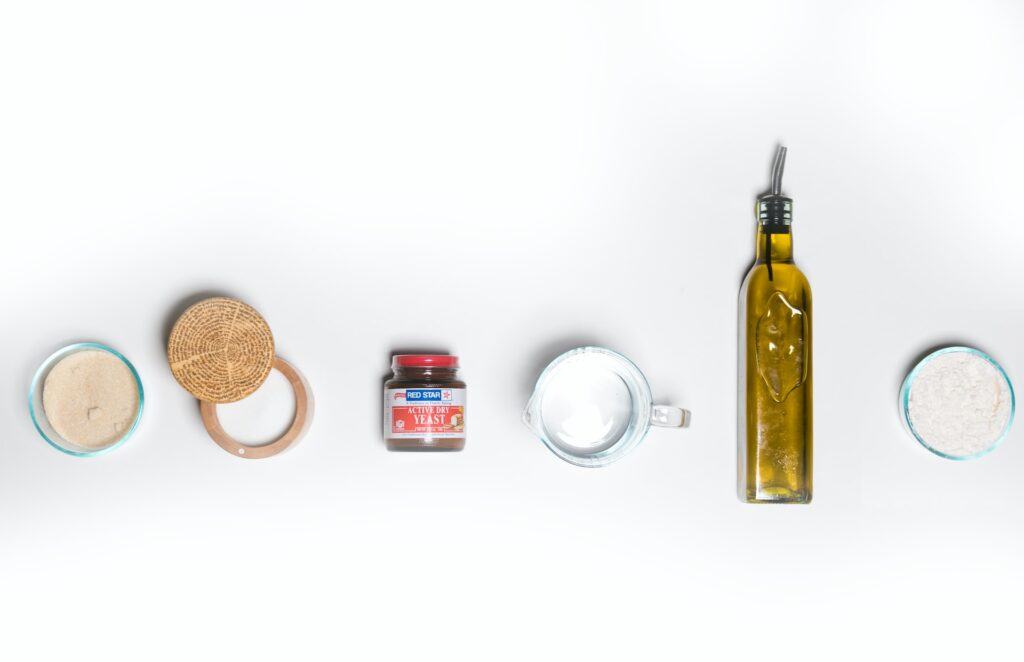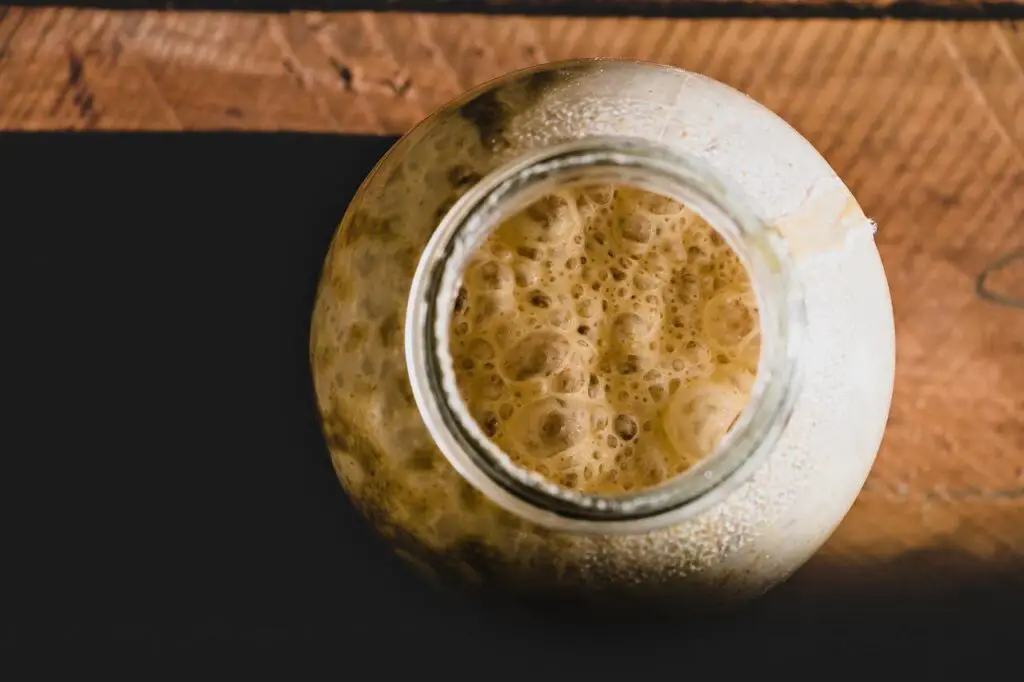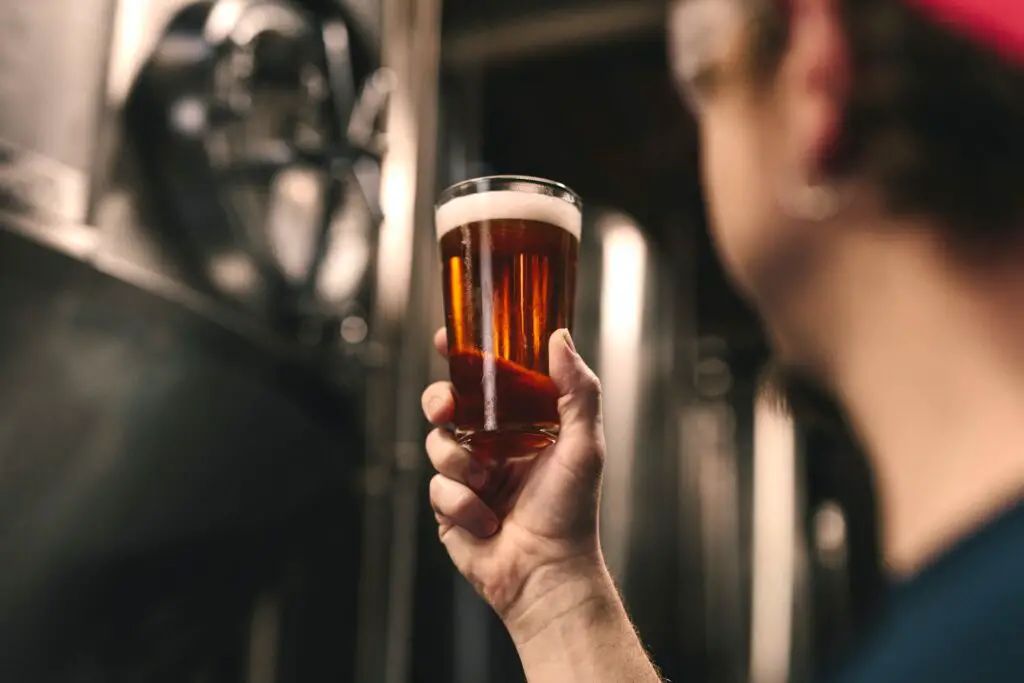If you buy something through a link in our posts, we may get a small share of the sale.
Brewers and baking yeast are two of the most common yeast strains used in brewing. Every brewer should understand the differences between Brewers yeast vs. baking yeast. This way, you can use the right yeast strain for each beer you brew and produce a beer that tastes exactly how you want it to.
Contents
Brewers Yeast vs Baking Yeast
Yeast is the major player in brewing beer. It is a single-celled organism that is classified as a fungus. In brewing, yeast is used to convert the sugars in malt into alcohol and carbon dioxide gas. In simple terms, it is what makes beer alcoholic and gives it carbonation.

There are many different yeast strains available to brewers, each with its characteristics. As an experienced brewer or even a beginner, it is important to know which yeast strain to use for each beer you brew. The wrong yeast strain can completely change the taste and character of your beer.
Brewers Yeast
Brewer’s yeast is a type of yeast that is specifically grown and cultured for brewing beer. It comes from the same yeast species, Saccharomyces cerevisiae. The yeast has larger cells and is more tolerant of alcohol. This makes it ideal for brewing beer as it can withstand the high alcohol content of beer and still produce a good-tasting beer.
It is also a bottom-fermenting yeast, which ferments at the bottom of the wort (the liquid extracted from the mashing process). Bottom-fermenting yeast is typically used for brewing lagers, a beer fermented at low temperatures.
The test is administered in powder, flakes, liquid, or tablet form. The form of administration will not affect the outcome of the trial. Just understand the dosage of each type, and you are good. You don’t want to use too much or too little yeast. Too much yeast will make your beer taste bland, while too little yeast will not be as effective as you want it to be.
Advantages
- This type of yeast is easy to find in almost any brewing supply store.
- The yeast is easy to use since it comes in different forms: powder, flakes, liquid, or tablet.
- The yeast is tolerant of alcohol, so it can be used to brew high-alcohol beers.
- Brewer’s yeast also has nutritional values. For instance, it is a good source of B vitamins: thiamine (B1), riboflavin (B2), niacin (B3), pantothenic acid (B5), and biotin (B7). These vitamins are important for the nervous system, metabolism, and cell growth.
Disadvantages
- Brewer’s yeast does not tolerate high temperatures. This means it is not ideal for brewing ales, a beer fermented at high temperatures.
- The yeast also takes longer to ferment. This can be a problem if you are brewing a beer that needs to be fermented quickly, such as a wheat beer.
Baking Yeast
It is a type of yeast specifically grown and cultured for baking bread. It also comes from the same yeast species, Saccharomyces cerevisiae. The yeast has smaller cells than the brewer’s, making it more active and giving it a shorter rising time. This is why this yeast is sometimes called “fast-acting” or “quick rising” yeast.

The yeast is available in active dry and fresh (cake) yeast. Active dry yeast is sold in small packets or jars and must be dissolved in water before use. It can also be added directly to dough; however, it will take longer to rise. Fresh yeast, or cake yeast, is a perishable product and must be used soon after purchase.
This type of yeast is also used to produce beer, wine, and other fermented beverages. When used to produce beer, it is considered a top-fermenting yeast since it ferments at the top of the wort. Top-fermenting yeast is typically used for brewing ales, a beer fermented at high temperatures.
Advantages
- The yeast is tolerant of high temperatures, making it ideal for brewing ales.
- The yeast is also very active, so it ferments quickly. This is helpful if you are brewing a beer that needs to be fermented quickly, such as a wheat beer.
- This yeast is also relatively easy to find in most stores.
- The yeast is used for baking and brewing beer, wine, and other fermented beverages. Meaning that it is a multi-purpose yeast.
Disadvantages
- The yeast is not as tolerant of alcohol as the brewer’s yeast. This means that it is not ideal for brewing high-alcohol beers.
- This yeast is a perishable product and must be used soon after purchase.
- The yeast also takes longer to prepare than the brewer’s yeast. This can be a problem if you are brewing a beer that needs to be fermented quickly, such as a wheat beer.
Comparison Between the Two
Now that I have a basic understanding of both yeasts, I should compare these two types of yeast. I need to compare the differences and similarities of the yeast to know which one to use for the next brew.
Similarities
- Both types of yeast come from the same yeast species, Saccharomyces cerevisiae.
- Both can be used to brew beer when used appropriately.
- The yeasts are also easy to find in stores.
- Both have nutritional value when consumed. Both contain B vitamins, which are important for the proper functioning of the nervous system, metabolism, and cell growth.
- Both types of yeast are single-celled organisms. This means they reproduce by budding when a small bulge forms on the side of the cell and eventually breaks off to become a new individual cell.
Differences
When brewing beer, brewers yeast uses bottom fermentation, while baking yeast uses top fermentation.
- The cells of brewer’s yeast are larger than those of baking yeast.
- Brewer’s yeast is less tolerant of alcohol than baking yeast.
- Brewer’s yeast takes longer to ferment than baking yeast.
- Brewer’s yeast is in dry and liquid forms, while baking yeast is in active dry and fresh (cake) forms.

The Major Distinguishing Factor
The major distinguishing factor between these two types is how they work. Brewer’s yeast uses bottom fermentation, while baking yeast uses top fermentation. This means the brewer’s yeast ferments at the bottom of the wort while baking yeast ferments at the top.
Bottom fermentation is typically used for brewing lagers, a beer fermented at low temperatures, while top fermentation is used for brewing ales, a beer fermented at high temperatures.
When to Use Brewers Yeast
The best time to use this type of yeast is when you are brewing a beer that needs to be fermented at a low temperature, such as a lager. This is because the yeast can tolerate low temperatures. It also takes longer to ferment, so you must plan if you are using this yeast.
When to Use Baking Yeast
The yeast is best used when brewing a beer that needs to be fermented quickly, such as a wheat beer. This is because the yeast ferments fast and does not need as much time to prepare as brewers’ yeast.
Which Is Better Between the Two?
Ultimately, the better option is the brewers’ yeast because it can tolerate lower temperatures and has a longer shelf life. The yeast is also specifically designed for brewing beer, which is why most brewers prefer it.
Brewing is fun, and we want you to have the best possible experience. Brewers need to have yeast strains that will perform well under various circumstances. You don’t want your beer to get stuck in fermenter jail, and you also don’t want to be dumping money down the drain. Cheers!

